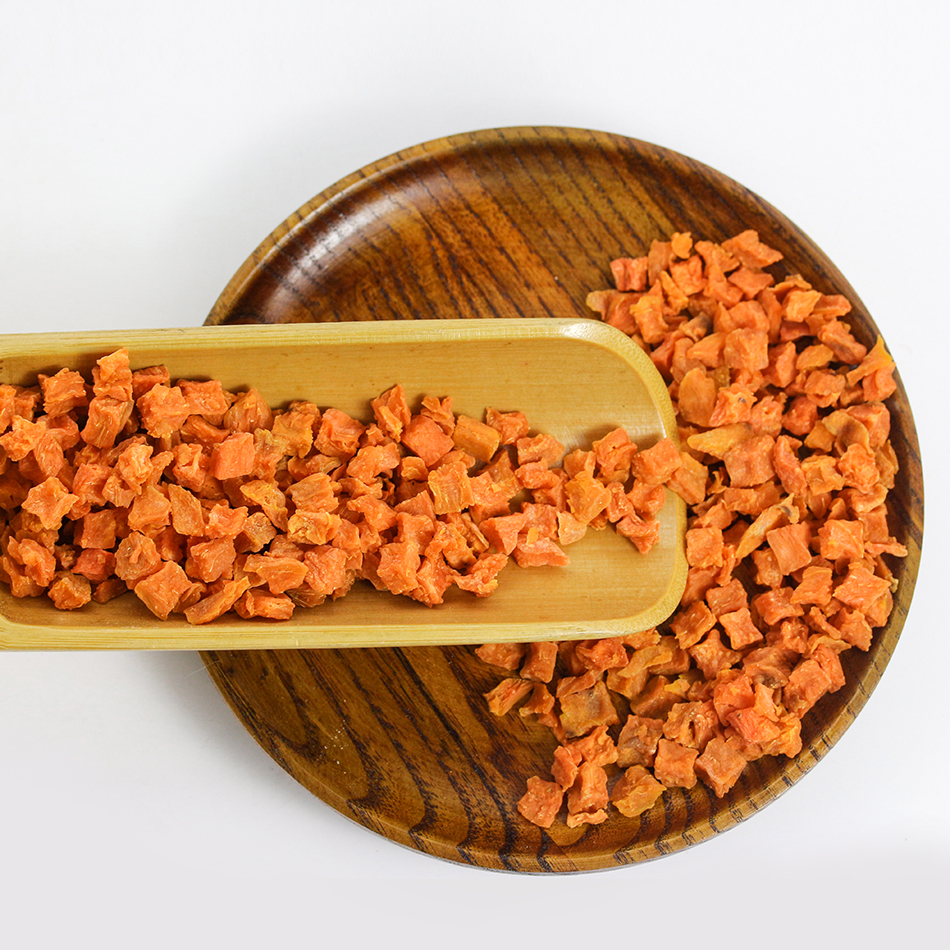1. Symptoms of citrus deficiency Symptoms usually start at the flower bud and fruit formation stage. Saplings grow slowly, branches are weak, older leaves turn pale green to dark green or bronze, lose luster, some leaves have amorphous spots, lower leaves tend to purple, diseased leaves fall early; There are small and narrow sparse leaves on the new shoots, and some of the diseased branches are dead, with few flowers or flowers. The long-term lack of phosphorus in adult trees is extremely weak, dwarf, and the leaves are narrow and dense. Thick and rough peel, immature that soften off, not malformation, taste acid. 2. Causes of phosphorus deficiency in citrus Phosphorus content in the soil is low, phosphorus deficiency occurs; red and yellow loam soils that are too acid, or ammonium sulfate is used to increase soil acidity, and phosphorus is fixed by active iron and aluminum ions as iron phosphate and lead phosphate, which is lack of available phosphorus. Phosphorus deficiency occurs; soil contains too much calcium or too much lime, so that phosphorus is fixed as calcium phosphate, lack of available phosphorus, prone to phosphorus deficiency; excess nitrogen fertilizer or magnesium deficiency, affect the absorption and utilization of phosphorus, easily induced Phosphorus deficiency; soil drought, phosphorus can not be easily absorbed, loose sandy soil phosphorus is easily lost, will induce phosphorus deficiency. 3. Methods for correcting phosphorus deficiency in citrus Soil fertilization application of superphosphate, calcium magnesium phosphate, phosphate rock meal and bone meal phosphate fertilizer from June to August; Acid soil application of phosphorus fertilizer in the red and yellow soil area of ​​adult citrus trees, plant applied 3-5 kg ​​of calcium and magnesium; Phosphorus, rock phosphate and bone meal. Apply base fertilizer in winter or fruit fertilizer from June to July; Alkaline soil application of phosphorus fertilizer purple soil and other alkaline soil (only the long thatched grass, soil not long Mangshan, mostly alkaline soil), strain applied 3-5 kg ​​of superphosphate, should be mixed with organic fertilizer application; Foliar application of 0.3% -0.6% potassium dihydrogen phosphate, 0.5% -1.0% ammonium phosphate or superphosphate extract and other available fertilizers. From July to October, spray once a month. 4. Citrus phosphorus excess disease Symptoms: Excessive phosphorus in the soil can affect the absorption of zinc, iron, and other elements, and can easily induce deficiency of the disease. Excess phosphorus can cause fruit "wrinkle skin". Plants with high phosphorus content have more wrinkled skin. Orthodontic treatment: reduce the application of phosphate fertilizer when applying base fertilizer. Dehydrated Pumpkin Slices
The product requires that the dehydrated pumpkin slices should be light yellow or orange, flaky or filamentous..
Dehydrated Pumpkin Cubes,Dehydrated Pumpkin Granules,Homemade Dehydrated Pumpkin Chunks,Delicious Dehydrated Pumpkin Cubes Laian Xinshuyu Food Co., Ltd , https://www.xinshuyufood.com
The main processing process of dehydrated pumpkin slices includes raw material cleaning, finishing and cutting, blanching, dehydration and packaging.
Pumpkins for dehydration should be selected from ripe pumpkins with good flavor, smooth skin and orange-red flesh.
Washing Dry the pumpkin in clean water to remove dirt such as mud.
Sorting and cutting Remove the stem of the washed pumpkin, then cut it into two halves with a knife, and peel off the outer skin and the inner pulp and seeds. Cut it into 3-4mm or 6-7mm thin slices (you can also use a grater to smash into filaments).
The blanched and cut melon slices are treated with steam or boiling water for 1-3 minutes, then quickly cooled with cold water, and the water droplets are drained.
Dehydration Put the blanched pumpkin slices into a baking sieve for dehydration. The drying temperature is first controlled at 45-60 °C, and then gradually increased, but cannot exceed 70 °C. Dry until the moisture content of the dry product is below 6%.
